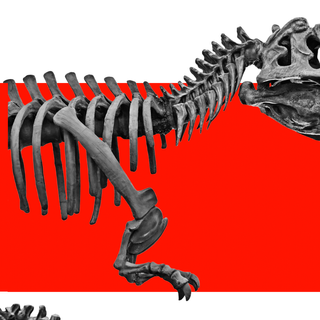Scientists confirmed the collision of a black hole and a neutron star in an event so immensely powerful that it rippled across the universe and will be discernable billion years later. As of now, this sighting has occurred twice within the past 10 days, creating history.
“It’s an awesome milestone for the nascent field of gravitational-wave astronomy,” astrophysicist Rory Smith from Monash University said in a statement. “Neutron stars merging with black holes are amongst the most extreme phenomena in the Universe. Observing these collisions opens up new avenues to learn about fundamental physics, as well as how stars are born, live, and die.”
The collision’s power is caused due to the heft of the objects colliding — both black holes and neutron stars are humongous cosmological phenomena. Neutron stars are immensely dense, with a teaspoon weighing about a billion tonnes. Black holes, on the other hand, have the strongest gravitational pull in the entire universe, making them much more powerful than neutron stars.
“Each collision isn’t just the coming together of two massive and dense objects. It’s really like Pac-Man, with a black hole swallowing its companion neutron star whole,” astrophysicist Susan Scott from Australian National University (ANU) said in a statement.
Related on The Swaddle:
Scientists Discover Closest Known Black Hole to Earth
Observations from this phenomenon were published in The Astrophysical Journal Letters and are a leap of progress in the field of gravitational-wave science — a field concerned with understanding ripples in space caused by violent, energetic processes in the universe.
Gravitational waves — a theory first proposed by Albert Einstein — were first discovered in 2016 and have been detected in 50 individual instances to date. However, these instances have always involved black holes colliding with black holes or neutron stars colliding with neutron stars. This mixed collision is a first.
“There’s still so much we don’t know about neutron stars and black holes – how small or big they can get, how fast they can spin, how they pair off into merger partners,” gravitational-wave astronomer Maya Fishbach from Northwestern University said in a statement. “With future gravitational wave data, we will have the statistics to answer these questions, and ultimately learn how the most extreme objects in our Universe are made.”




